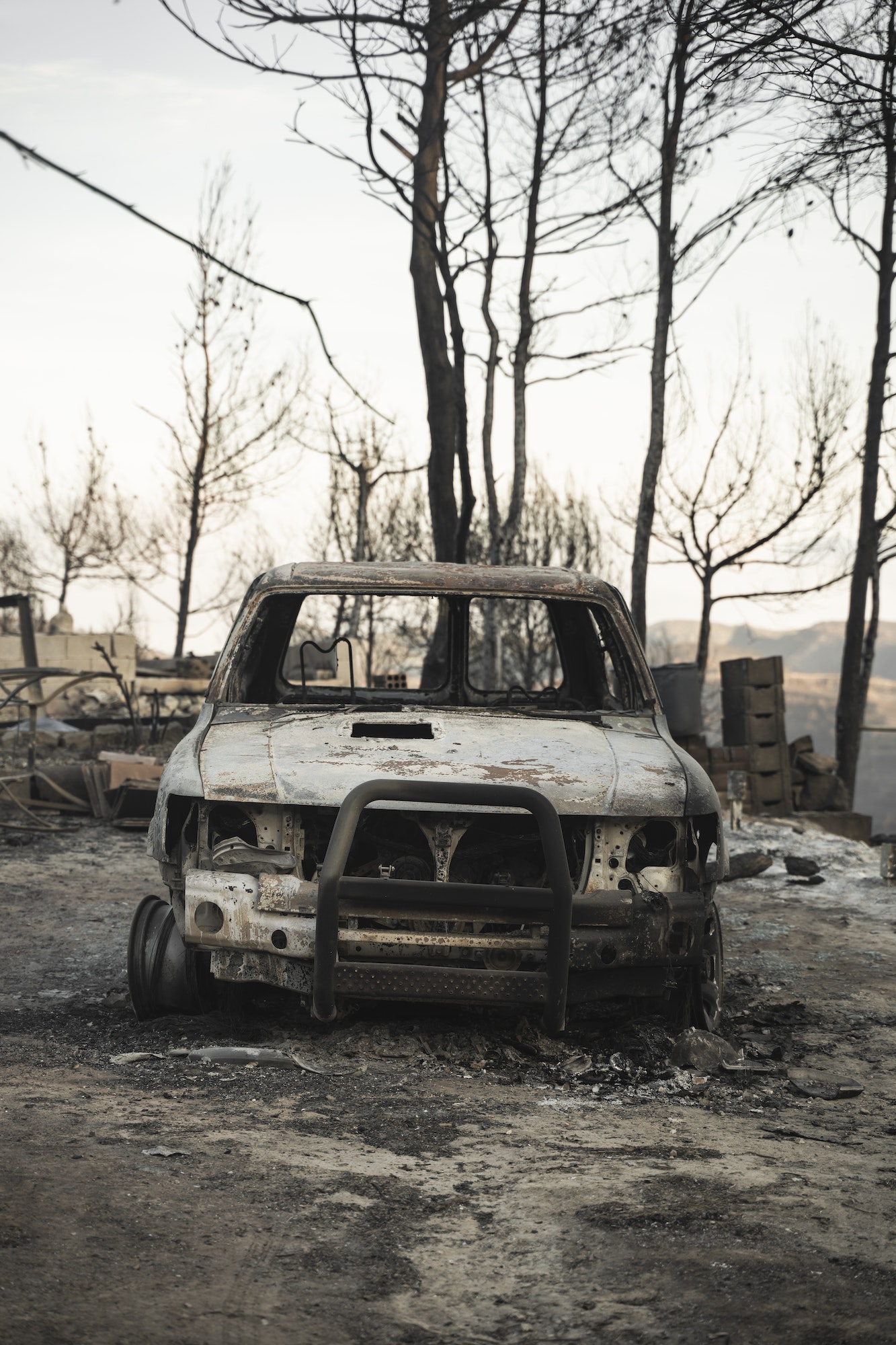Oct. 12, 2021
Senate Bill 9 ends single-family zoning to allow four homes where one now stands. It was signed by Gov. Newsom, backed by 73 of 120 legislators and praised by many media. Yet a respected pollster found 71% of California voters oppose SB 9.
During the 2021 firestorms, SB 9 sailed through approvals. Yet it opens 1.12 million* homes in severe fire zones to unmanaged density — one-sixth of single-family homes in California. SB 9 could reshape, in unwanted ways, hundreds of high-risk fire zones that sprawl across California’s urban and rural areas.
Proponents said fire-prone areas were exempted from SB 9. That is false. SB 9 applies in all severe fire zones such as Shasta, South Lake Tahoe, Paradise, Santa Rosa, Oakland, Ventura, Agoura Hills, Malibu, L.A., Ramona, Poway, San Diego and dozens more.
How Did We Get Here? Misreporting Helped SB 9 Become Law
As wildfires raged in 2021, an erroneous July report from Berkeley’s Terner Center, “Will Allowing Duplexes and Lot Splits on Parcels Zoned for Single-Family Create New Homes?” led the media to misreport that SB 9 density wouldn’t apply to homes in evacuation-prone, high fire severity zones.
Terner Center Director Ben Metcalf, in an email to Livable California, said SB 9 projects aren’t allowed in fire severity zones unless a city “proactively allows for them or has specifically adopted a fire hazard mitigation measure.” This is incorrect. Terner is looking at an old law, struck in 2018. Cities no longer have that power. Metcalf said SB 9 has “ambiguity” and isn’t “cut and dry on fire hazard severity zones.” This is incorrect. In fire severity zones, SB 9 builders must only follow rules they already must follow in Chapter 7A of the Building Code. Thus SB 9 density is allowed in fire severity zones.
Terner Center’s errors nevertheless spread statewide:
- The California Senate Democratic Caucus website mistakenly says SB 9 “excludes the provisions of the bill being used in very high fire hazard severity zones.” Its Myth Vs. Fact section wrongly claims SB 9 “excludes very high fire hazard severity zones.”
- Aug. 18, CalMatters misreports, “fire hazard zones … would be barred from development.”
- Aug. 20, Mercury News repeats, “fire hazard zones … would be barred from development.”
- Aug. 22, Los Angeles Times editorial board endorses SB 9, erroneously stating “The bill wouldn’t apply in … certain high fire-risk areas.”
- Sept. 7, L.A. Times misreports, “land at high risk of fire” is “specifically exempt” from SB 9.
Gov. Newsom’s signing of SB 9 in September was followed by more misreporting:
- Sept. 16, San Francisco Examiner, “grants exceptions to … fire zones.”
- Sept. 17, Slate, “exemptions for … fire hazard zones.”
- Oct. 3, Bloomberg Opinion, “some exceptions, such as … fire-prone areas.”
SB 9’s Impact in Fire Zones Was Hiding in a Loophole
Why did the 2021 legislative hearings fail to explore SB 9’s intent to allow density in severe fire zones?
The loophole is buried deep in a Government Code (existing state law) incorporated into SB 9. The loophole language seems to exclude severe fire zones from SB 9 density, but in fact does the opposite.
The loophole can be found online at Government Code 65913.4, paragraph (6), sub-paragraph (D) of subdivision (a). The sub-paragraph (D) allows development in fire severity zones if builders merely abide by building standards they must already follow.
The first sentence in “sub-paragraph (D)” says development is banned in fire severity zones. The second sentence undoes that safeguard: it “does not apply” where “fire mitigation standards” apply. And those fire mitigation standards are already applied in Chapter 7A of the state Building Code.
Now that SB 9 is law, how do communities and cities address the unplanned growth it allows in fire severity zones? Watch for our upcoming teleconference “Fire Zones and SB 9.”
*Next 10, an independent, non-partisan organization including UC Berkeley scholars, found in its June 10, 2021 report “Rebuilding for a Resilient Recovery” that 1.4 million housing units exist in high or very high-risk fire zones, 80% of which — or 1.12 million — are single-family homes.

